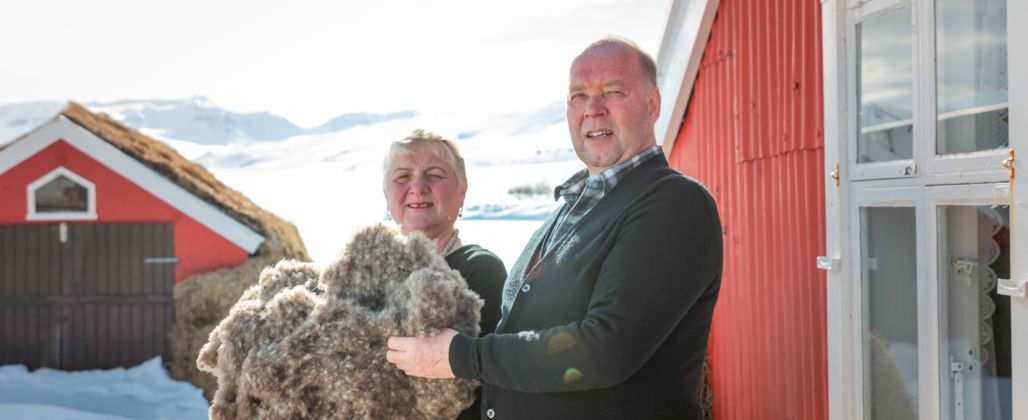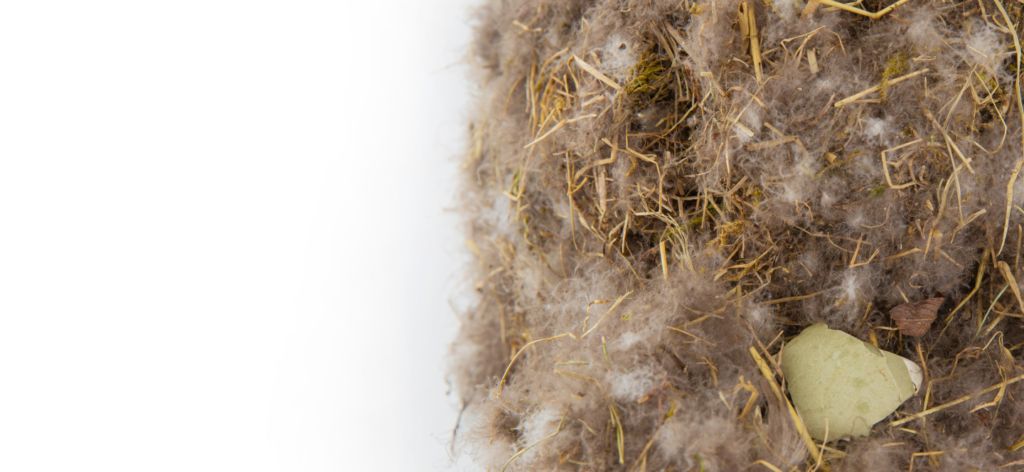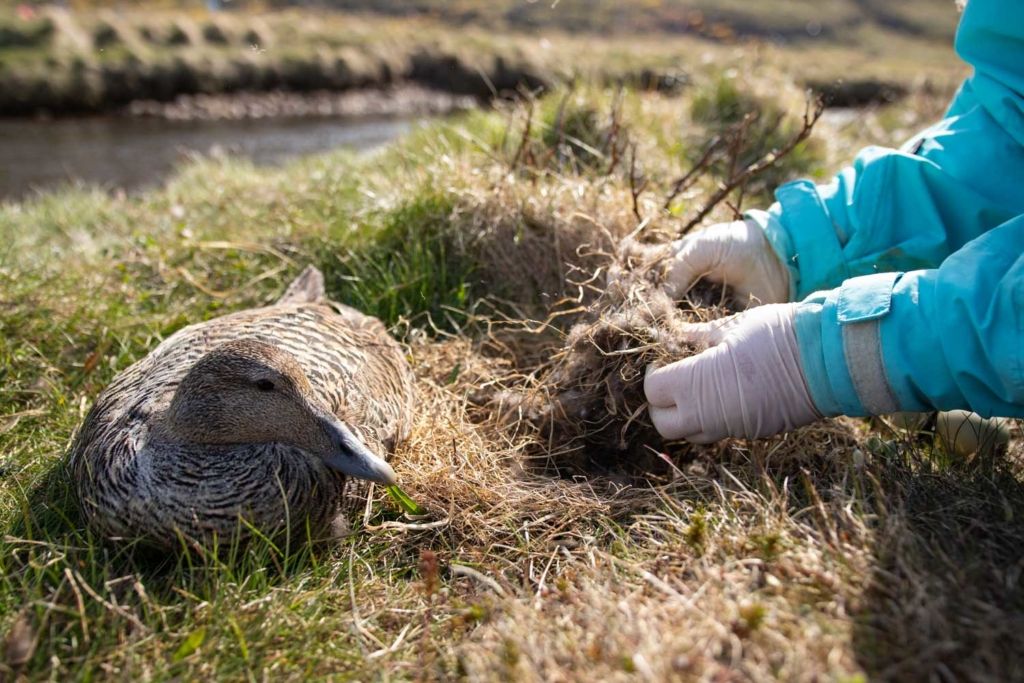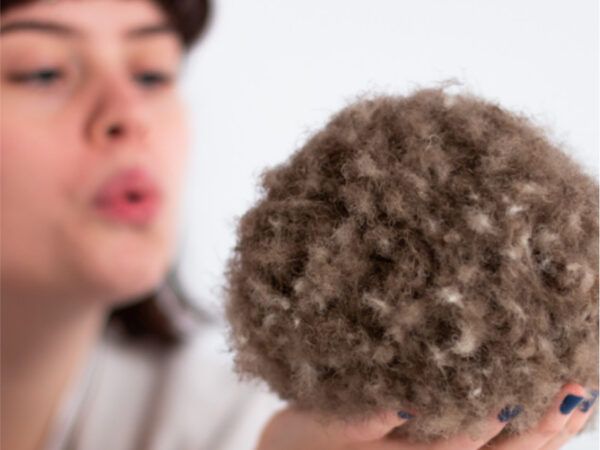Icelandic Eiderdown: A Sustainable, 1000-Year-Old Tradition

A duvet label. An online advert. A product description. These condensed descriptions about Icelandic eiderdown fail to reveal a rich, colourful history that stretches back to the Iron Ages - and beyond.
Since the 9th Century, Icelanders have had a unique relationship with the Common Eider Duck. From the first Norse settlers who relied on it as a source of warmth and protection during brutal winters through to its modern-day place as one of our country's most prized natural resources, the cultivation of eiderdown in Iceland is so ubiquitous that it is tied to our very identity as a nation.
What is Eiderdown?

Eiderdown is the soft under-layer of feathers shed by the eider duck during nesting. Its unique physical properties - lightness, insulation, temperature regulation and compression resilience - have positioned it as one of the world’s most desirable natural materials for bedding.
In the past, Europe’s royalty yearned for the luxuries of eiderdown. Today, it is often found in the air-conditioned bedrooms of Saudi princes.
But eiderdown is not a mere indicator of wealth and prestige. Its unparalleled physical properties combined with the traditional farming practices used to obtain it place it in a unique position as both the world's highest-quality source of down - and the most sustainable.
A Uniquely Symbiotic Relationship

Symbiosis:
The interaction between two different organisms living in close physical association, typically to the advantage of both.
Icelandic farmers have followed a sustainable approach to eiderdown cultivation that has remained (almost) unchanged for centuries. In the country's most remote fjords and islands, they create nests from straw, stones and wood, everything they can find to create shelter for the bird and keep out predators. Colourful flags flutter in the wind, encouraging the eider ducks to arrive during spring. Eider ducks arrive at our sanctuaries entirely of their own accord.
In May and June, they voluntarily lay their eggs in these man-made sanctuaries. Our farmers keep a watchful eye over them, protecting the vulnerable birds from predators. After a month, the eggs hatch, and the eider ducks return to the shores for another eleven months of fishing and mating.
Normally, the eiderdown lining the abandoned nests would blow away with the wind. But Icelanders painstakingly collect it before it manages to do so. And so begins the time-consuming process of collecting, cleaning, and processing the raw material. The Icelandic government even has officially-designated inspectors to check eiderdown for authenticity and quality. If it passes the assessment, it receives a certification. For a detailed account of the process, read this article.
The Icelandic word ‘Skjól’ (‘shelter’) captures this mutually-beneficial relationship between man and bird - it is the exchange of warmth, comfort, and safety in a harsh, elemental environment.
Iceland’s History With Eiderdown
The early Viking settlers used it to fill their blankets, and medieval tax collectors would sometimes accept eiderdown as a form of currency. For over one thousand years, eiderdown farming has been a mainstay of Icelandic industry. The birds became so important to Icelanders that, in 1847, the government officially designated the eider duck as a totally protected species.
Eiderdown's ubiquity throughout history provides an illuminating glimpse into its sustained value as both a utilitarian natural resource and sought-after symbol of luxury and status.
| Date | Event |
|---|---|
| 874 AD | The first Norse settlers arrive in Iceland. |
| 890 AD | Ottar from Hålogaland (modern Norway) tells Alfred of Wessex about the Sami tribe’s tribute of ten bags of fugela feđerum (eiderdown) in the Old English Orosius. |
| 1455 AD | Björn of Iceland sails to Denmark and presents King Christian I with a gift of eiderdown. |
| 1600 AD | Eiderdown becomes a valuable Icelandic commodity around the globe. |
| 1847 AD | The Icelandic government grants the eider duck a fully-protected status. Hunting or killing the birds is made illegal. |
| 1900s | The eiderdown is nearly pushed to extinction by market hunting, everywhere but in Iceland. |
| 1847 - to date | With the help of conservation and sustainable farming practices, Iceland's eider duck populations flourish. |
| 2001 AD | Oli and Johanna - our farmers - start an eider duck sanctuary in Lodmundarfjordur, East Iceland. |
| 2019 AD | Icelandic Down is founded. |
A Bastion of Sustainability in Bedding?
The convenient products of modern life often hide darker stories of environmental harm and animal exploitation. The bedding industry is no exception to this. As we've mentioned before, the down that fills our duvets and comforters is associated with unethical practices like live-plucking (or a mere byproduct of the meat industry). The cotton that makes our sheets and bedding covers causes pollution and soil degradation.
In Iceland, we're proud to do things differently. Or, rather, the same as they always have been! Eiderdown is possibly the world's only source of sustainable, cruelty-free down.
Icelandic eiderdown is...
- Animal-friendly - No birds are harmed. These are wild birds that voluntarily nest in our sanctuaries, and we only collect their down when they don't need it any longer.
- Sustainable - Farmers and eider ducks have lived in a state of mutually-beneficial harmony for centuries. In fact, their populations have been growing!
- Green - No industrial practices or pollutants. Traditional farming and manufacturing techniques help preserve Iceland's beautiful natural environments.
- Local - We work in collaboration with local farmers and manufacturers, helping preserve Iceland's isolated communities.
We hope you enjoyed this article. At Icelandic Down, we're proud to follow one of our country's oldest traditions in the production of eiderdown. If you're interested in learning more, feel free to contact us.

For similar stories
Join the newsletter.
Discover what makes our bedding truly special— bespoke craftsmanship, sustainable traditions, and our wonderful eiderdown.
Plus, 15% off your first order.